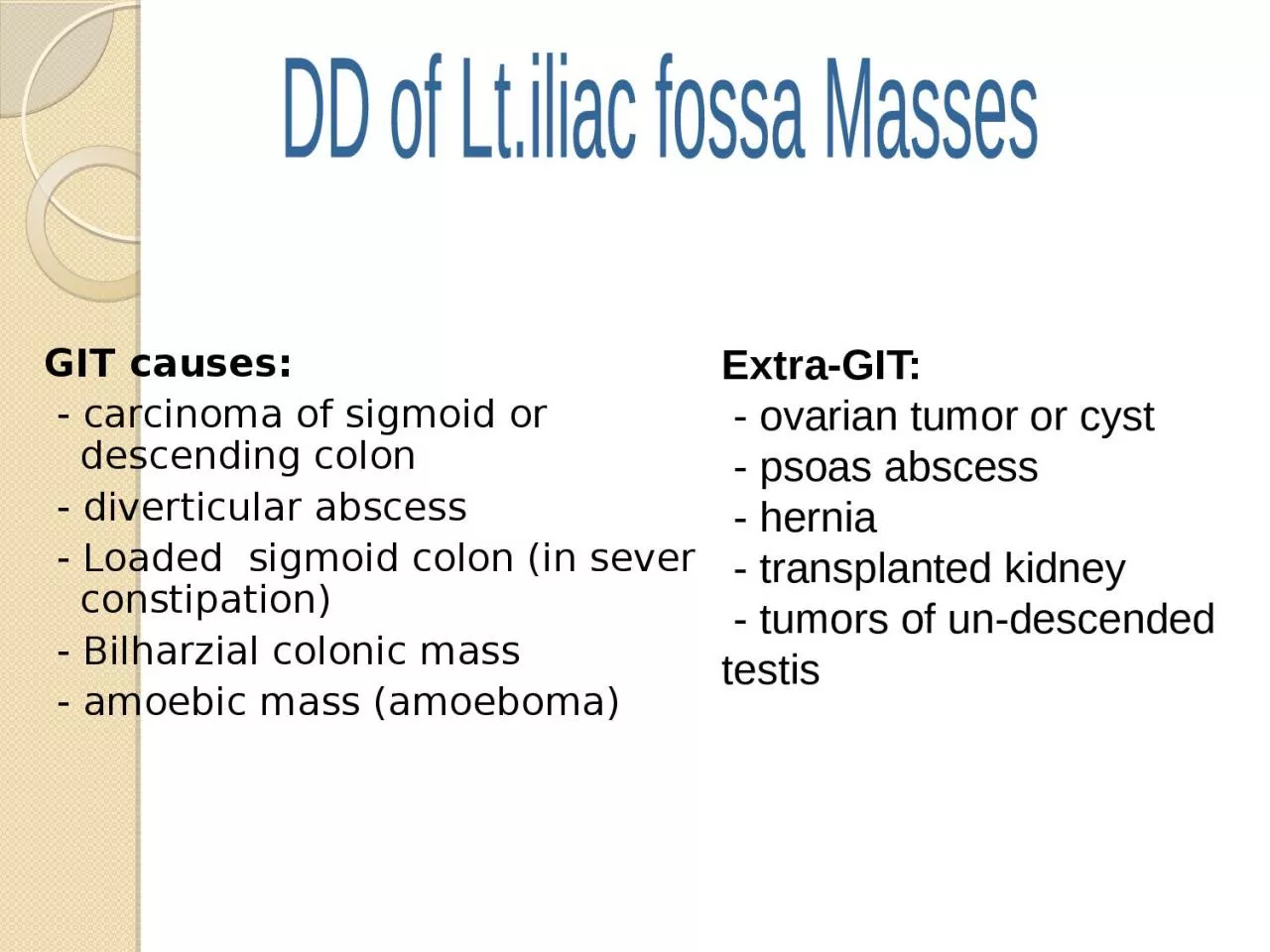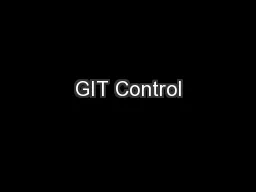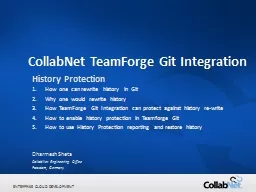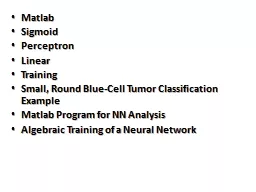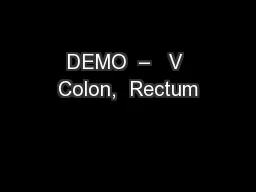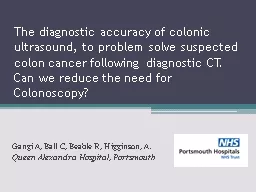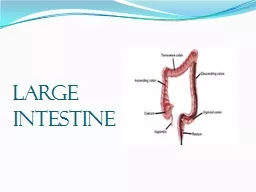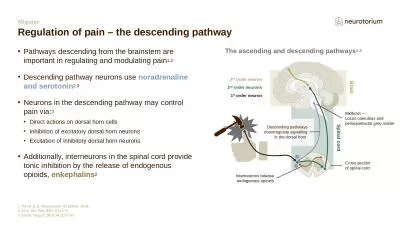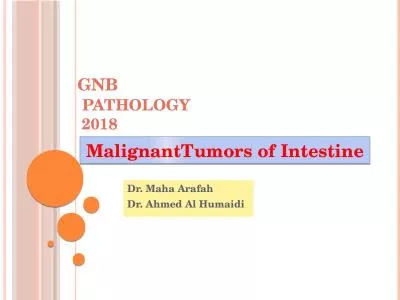PPT-GIT causes: - carcinoma of sigmoid or descending colon
Author : elina | Published Date : 2024-02-09
diverticular abscess Loaded sigmoid colon in sever constipation Bilharzial colonic mass amoebic mass amoeboma DD of Ltiliac fossa Masses ExtraGIT ovarian
Presentation Embed Code
Download Presentation
Download Presentation The PPT/PDF document "GIT causes: - carcinoma of sigmoid or..." is the property of its rightful owner. Permission is granted to download and print the materials on this website for personal, non-commercial use only, and to display it on your personal computer provided you do not modify the materials and that you retain all copyright notices contained in the materials. By downloading content from our website, you accept the terms of this agreement.
GIT causes: - carcinoma of sigmoid or descending colon: Transcript
Download Rules Of Document
"GIT causes: - carcinoma of sigmoid or descending colon"The content belongs to its owner. You may download and print it for personal use, without modification, and keep all copyright notices. By downloading, you agree to these terms.
Related Documents

